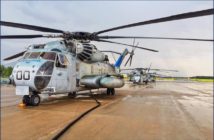
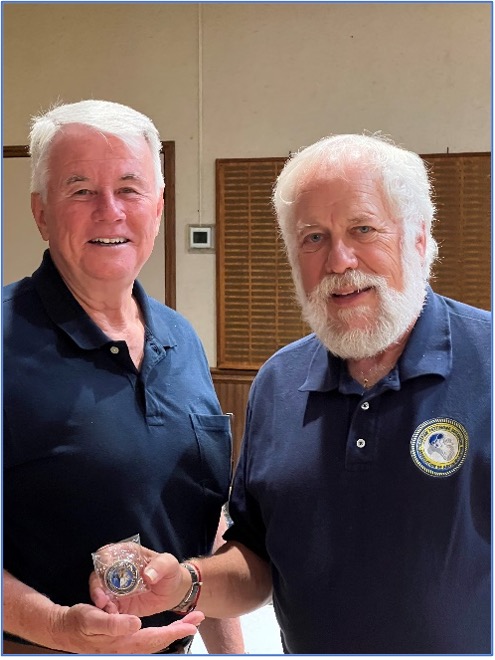
On Thursday, August 11, 2023, the Grampaw Pettibone Squadron was privileged to have Lt Col Craig O’Mara USAF (ret) describe for us the experience of flying the world’s only dedicated astronomical research aircraft – SOFIA. This unique modified Boeing 747SP is specially configured to be an airborne observatory collecting astronomical data across the entire range of the electromagnetic spectrum.
Craig is a 26-year veteran with the United States Air Force including time as a C-9 pilot and flight examiner. Subsequent to his military service, he was a pilot for United Airlines for 34 years. Upon retirement from United, Craig spent 3 years with NASA as a 747SP Science Research pilot and participated in the SOFIA (Stratospheric Observatory for Infrared Astronomy) program.
SOFIA is a joint program between NASA and the German Aerospace Center (DLR). The on-board equipment includes a 2.5 m (8.2 ft) diameter reflecting telescope owned by the DLR, which is the principal tool for studying celestial bodies during flight missions. During 10-hour, overnight flights, the crew observed celestial magnetic fields, star-forming regions, comets, nebulae, and the Galactic Center.

As a pilot for NASA, Craig was qualified to fly the NASA aircraft, having piloted the same aircraft when owned by United Airlines. The aircraft was dispatched on numerous missions that included an assignment to the US Antarctic Center in Christchurch, New Zealand. Craig was to fly the 747SP, a flight crew and research team, to make observations of celestial bodies during the winter months in the southern hemisphere. All missions were conducted at night to improve visibility of celestial bodies not blocked by sunlight.

The purpose of the program was to overcome the limits of ground observations of celestial bodies, such as cloud cover, water vapor and weather conditions at lower altitudes. By flying at higher altitudes beginning at 36,000 feet many of the visual limitations from ground stations could be eliminated.
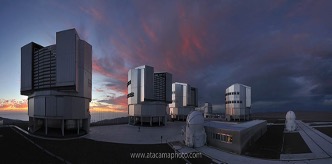
The 747SP, N536PA called Clipper Lindbergh first flew with Pan American Airways in April 1977. It was so named on the 50th Anniversary of the flight Charles Lindberg made from New York to Paris. It was sold to United Airlines and was operational from 1986 to 1995. NASA acquired the plane in 1997.
After significant examination, upgrades and flight test, the plane first flew with NASA in April 2007. As part of the upgrade, the aircraft was modified to include a large door in the aft fuselage that could be opened in flight to allow a 2.5 m (8.2 ft) diameter reflecting telescope access to the sky.
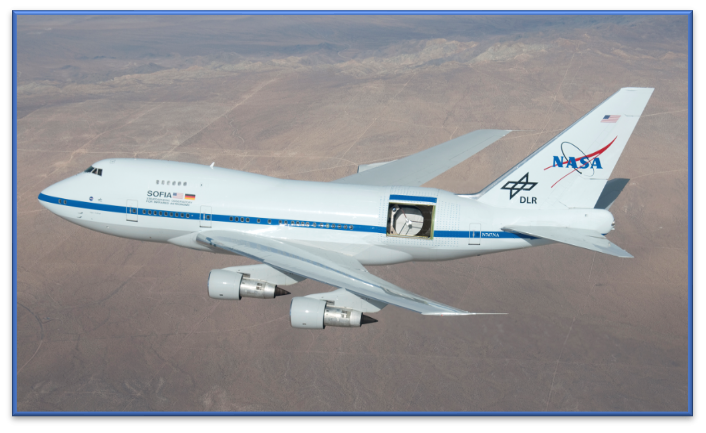
For a number of missions, the NASA-SOFIA aircraft operated out of Palmdale, California. A mission included a 10-hour flight, covering 4500 miles and returning to Palmdale. The flights could not be logged as a cross-country, since it returned to the departure airport. The flight crew included a pilot, co-pilot and flight engineer. Research teams were 15-30 technical personnel depending on the mission requirements. Initial flights were at 35,000 feet before climbing above 40,000 feet and traveling at .82 Mach or 540 mph.
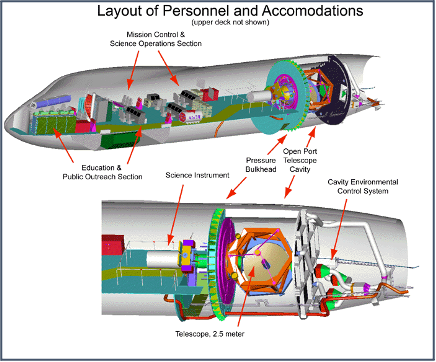
Our speaker indicated that the aircraft did not experience any flight control issues when the telescope door was opened to begin a mission.
He explained that the research team mission director would provide all contact with the flight crew. During a typical mission heading changes as directed by the mission director may be as small as 1 degree and be within seconds of a required time.
Every mission began with a briefing from the Technical Mission Director. The flight crew would be included in order to prepare a flight plan. Missions could start off climbing to the mid-30s and end at 43,000 feet.
A mission may have been scheduled for a certain celestial event. Mission timing is critical. It might require the plane to be at a certain location in the sky not within minutes, but seconds to capture a particular image. Failure to make that location may jeopardize the project and cost the researcher the mission.
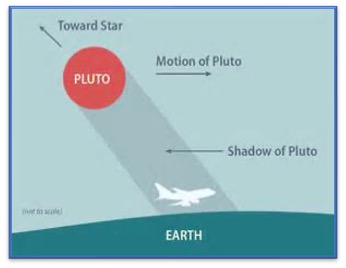
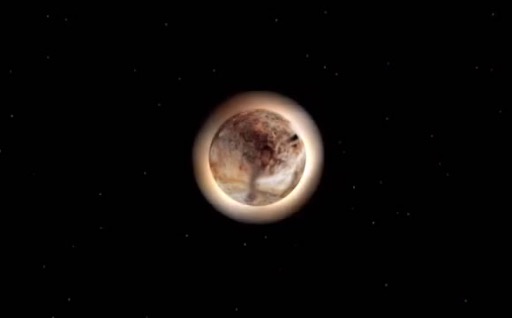
Image is an artist’s conception of the Pluto occultation seen close-up, not a photo.
Credits: NASA Graphic
The NASA-SOFIA science flights have now concluded. The last flight was in the early morning of September 29, 2022. The project will continue to work with legacy data for a few years. On December 8, 2022, NASA announced that both SOFIA and the 747SP that carried the telescope will be preserved and put on display at the Pima Air Museum in Tucson, Arizona.




